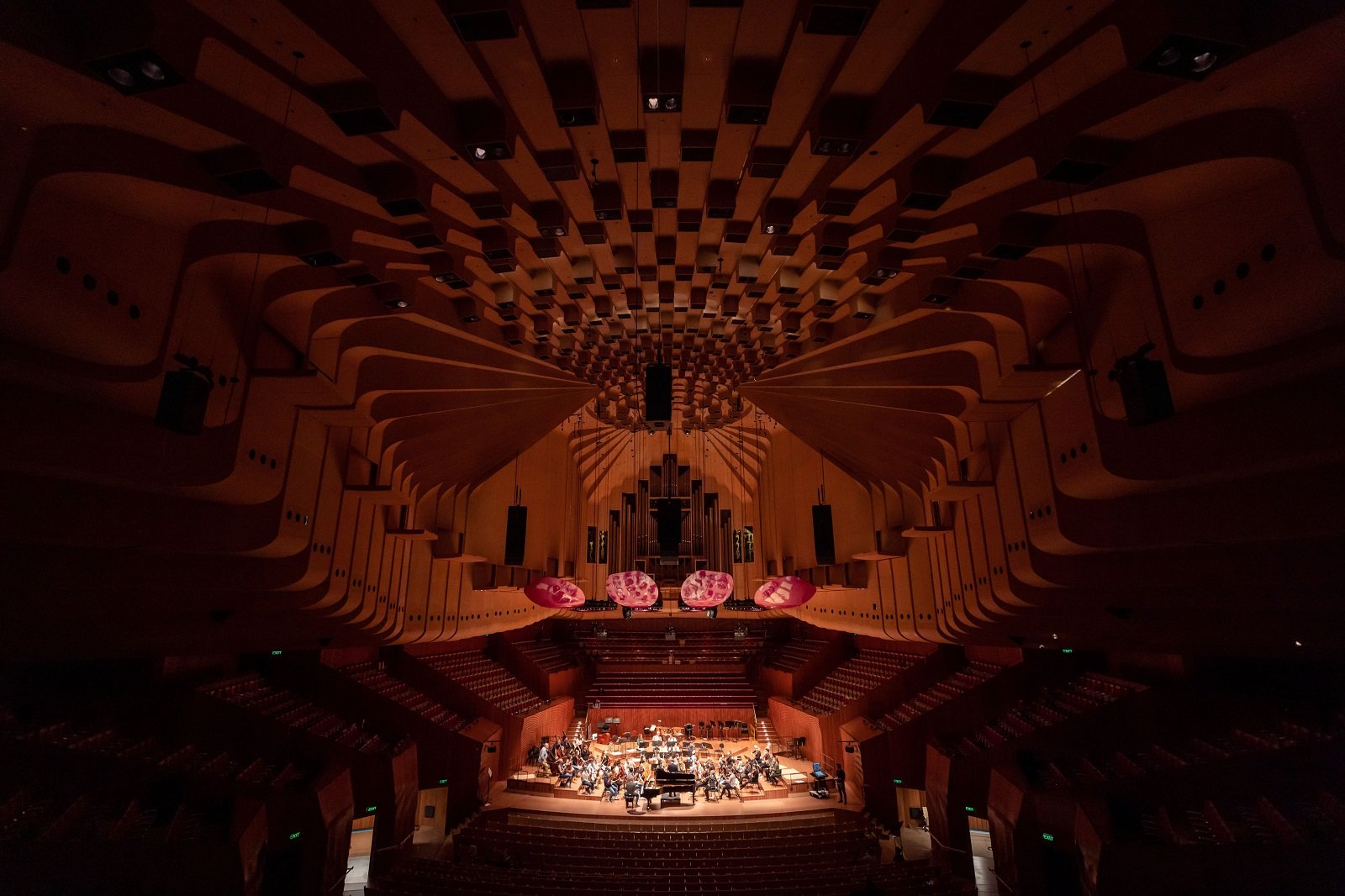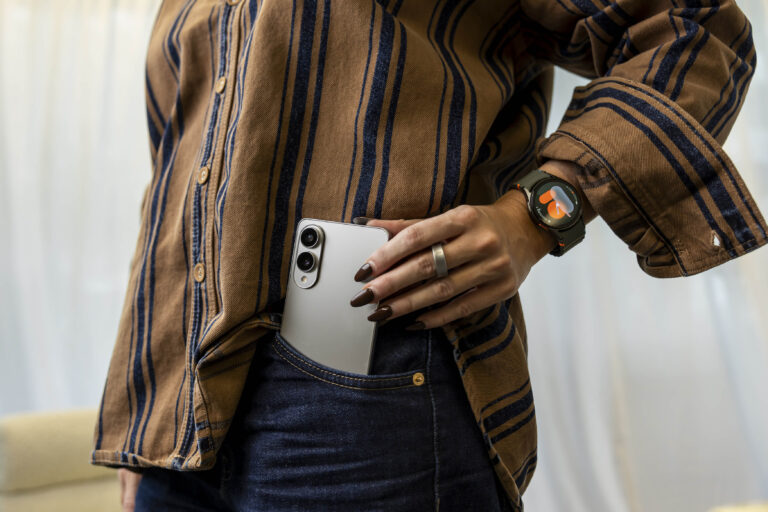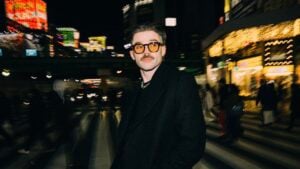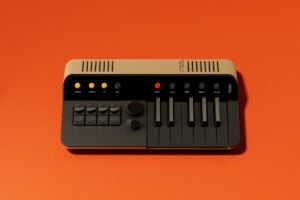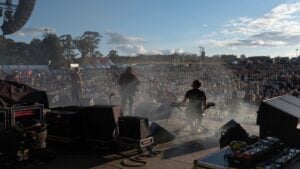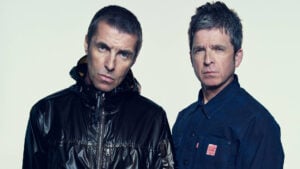When the beating heart of the Sydney Opera House, the Concert Hall, opened in 1973, the city was gifted a truly world-class concert space designed for grand symphonies and operas as well as a whole host of other cultural events. Decades later and the Sydney Opera House Concert Hall is still considered one of the most prestigious live music venues in the world. In the past, this has presented as a bit of a problem; acts from all over the world want to play at the Sydney Opera House, but the space’s design wasn’t truly maximised to host contemporary music like hip hop, rock and EDM.
Much has been said about the “horrible acoustics” that came to define the Sydney Opera House Concert Hall, which in previous years has hosted some of the biggest concerts in Australia from the likes of Prince, The Cure, Bjork, Foo Fighters, Ice Cube, Wu-Tang Clan and Flying Lotus.
Acoustic issues didn’t stop concerts in the Concert Hall from being some of the best in Australia, of course, but anyone who paid close attention could easily hear the issues – constant echo and reverb, with noise often swirling up and getting lost in the roof of the space only to bounce around the panels. It was a pain for listeners struggling to hear any direct sound from the stage, and even bigger pain for orchestras on stage struggling to hear each other – and hence follow each other in order to give the best performance they possibly can.
It seems Sydney Opera House is finally ready to tackle the long-standing issue of acoustics and turn the Concert Hall into Australia’s foremost hub for contemporary music while still retaining its viability as a performance space for those aforementioned grand symphonies and operas. No less than $150 million has been invested over the past few years to achieve this, with work on the Sydney Opera House Concert Hall kicking off in 2020 and taking up until now to finally get the acoustics right.

RELATED: The Coolest & Most Unique Concert Venues In The World
In the coming months, the first few rounds of big-ticket concerts from artists like Leon Bridges will be played in the new-look Sydney Opera House Concert Hall, which most notably has switched out the 21 annoying “doughnuts” that hang above the stage and replaced them with 18 eye-catching and flexible magenta reflectors, shaped like petals. Considering the space around the ceiling was typically the biggest culprit when it came to the Concert Hall’s poor acoustics, these reflectors should go far in kind of blocking sound from swirling up above the stage and getting lost, something that would regularly make it tough for players to properly hear each other.
This is why symphonies wouldn’t sound as good at the Sydney Opera House. Because musicians weren’t able to properly follow by ear. Theoretically, this will make a tremendous difference in the overall quality we get from any type of band on stage, a solution credited to renowned sound engineer Neil Erik Lund.
The petals, which are modular and can be set in a range of different positions to accommodate a great variety of stage set-ups, should also help with the problem of reverberation by helping get more reflections into the stalls and up into the circle, balancing the level of direct sound waves and reflected soundwaves that fill the Concert Hall so that everything sounds harmonious and perfectly aligned. In other words, great lengths have been taken to calibrate the Concert Hall to better serve everyone in the space, from the musicians on stage to the folks all the way up to the top of the circle.
In expanding the logistical possibilities of the Concert Hall, the Sydney Opera House’s live music programming should be changing commensurately. For example, it was revealed recently by Sydney Opera House’s Ben Marshall that EDM icons The Chemical Brothers were once interested in playing the Concert Hall but had to pass because their screens couldn’t be hung from the roof due to the doughnuts. Such an issue wouldn’t exist now, meaning the Sydney Opera House can accommodate a great variety of stage set-ups to help push it along the path of becoming one of the best concert venues in the world.

RELATED: Elton John Just Announced His Very Final Australian Tour
“As shows get more spectacular and more technical, these upgrades have futureproofed us to make sure that we are the go-to space for electronic artists as much as symphonic orchestras,” said Marshall (as per Broadsheet).
“We will be going into a room that is a whole lot more fit for purpose and requires a lot less effort to get that immaculate level people have come to expect.”
The Concert Hall puts the cap on a large-scale transformation of the Sydney Opera House which should be all done and dusted by the time the iconic building celebrates its 50-year anniversary in 2023. The entire project has been estimated at $300 million, with this Concert Hall makeover eating up half of that sum.
While there seem to be no noticeable changes to the Concert Hall map and Concert Hall seating plan, there should be a dramatic transformation for those who usually only manage to nab seats that are way up the back of the space. Historically, these have been the worst seats in the house and anyone who has been up there would have noticed the acoustic issues more than anyone else.
If you want to experience the new Sydney Opera House Concert Hall acoustics for yourself, these are some of the concerts coming up over the next few months:
- Leon Bridges (Monday, October 3rd – Wednesday, October 5th)
- Kamasi Washington (Sunday, December 4th)
- Nick Cave & Warren Ellis (Friday, December 16th – Saturday, December 17th)
